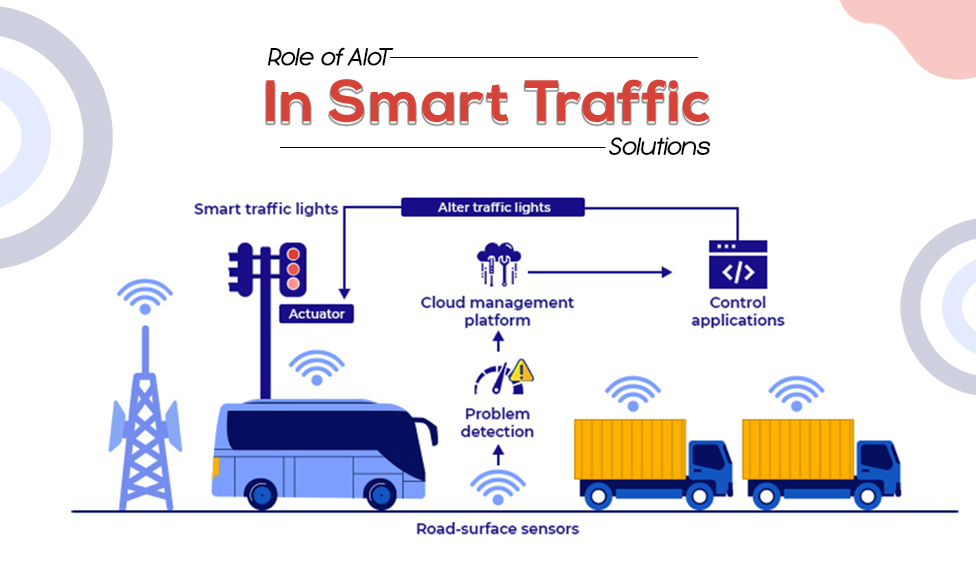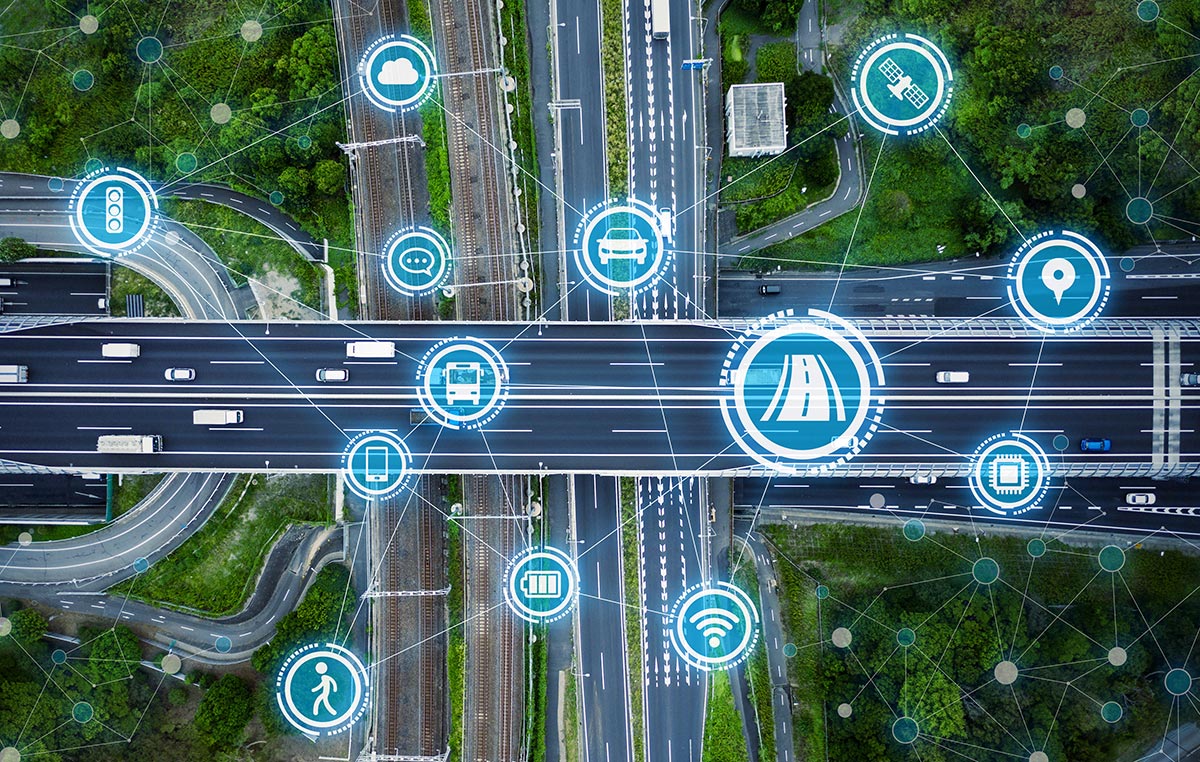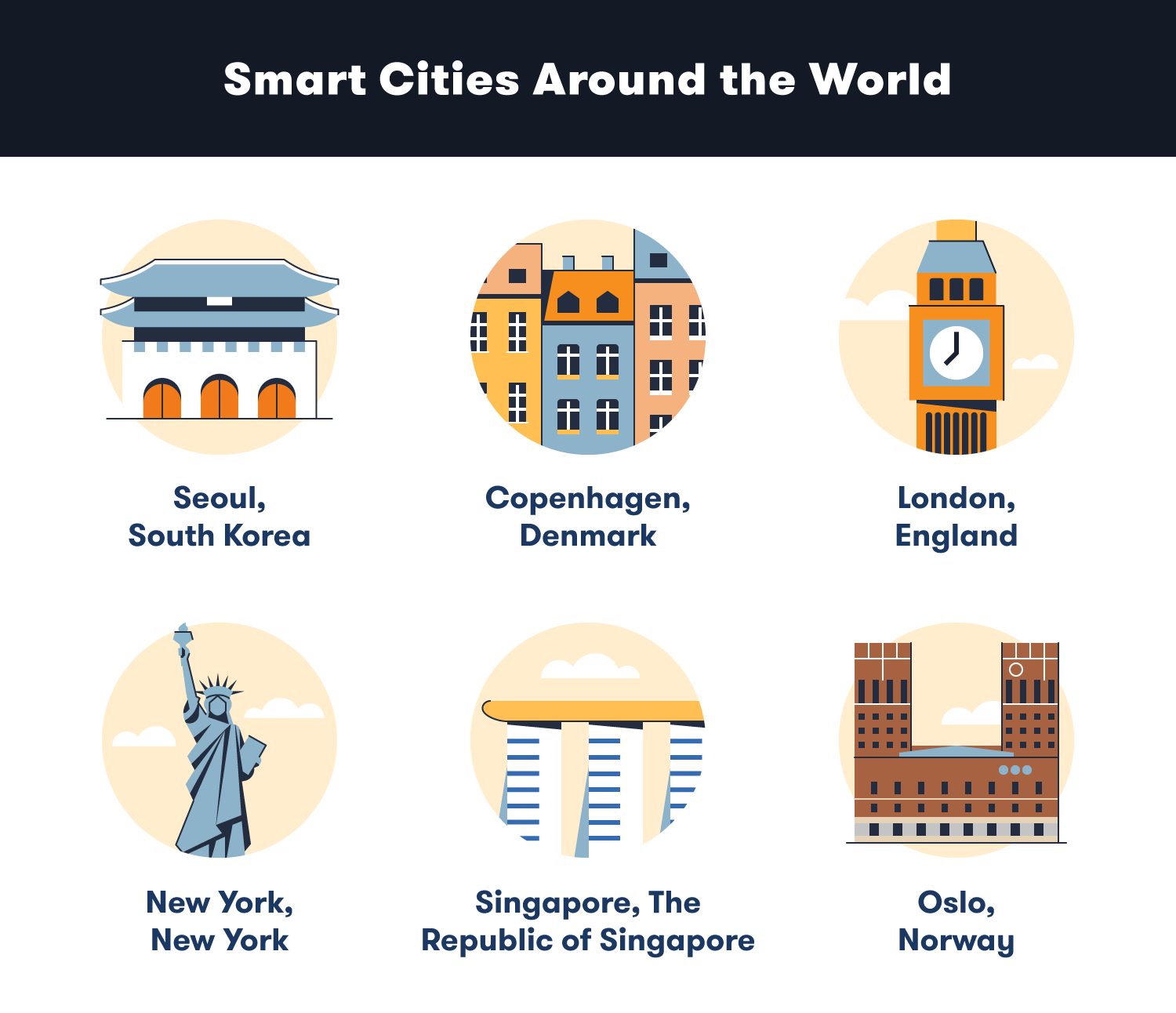
5G and IoT: The Convergence Reshaping Smart Cities
The convergence of 5G and IoT is revolutionizing urban life.5G, the fifth generation of cellular network technology, is not just about faster internet on your phone. It's a game-changer that offers ultra-low latency, massive device connectivity, and blazing-fast data speeds. Pair this with IoT – the vast network of connected devices and sensors that can collect and exchange data – and you've got a recipe for urban transformation.
Think of 5G as the nervous system of a smart city, with IoT devices acting as its sensory organs. This combination allows for real-time data collection and analysis on an unprecedented scale, enabling cities to become more responsive, efficient, and sustainable.
Reimagining Urban Infrastructure
One of the most exciting applications of 5G and IoT is in traffic management. Imagine a city where traffic lights communicate with vehicles, adjusting their timing to optimize flow and reduce congestion. I've seen prototypes of this technology in action, and it's incredible how smoothly traffic can move when every element of the system is in sync.

Smart parking solutions are another game-changer. No more circling the block endlessly – IoT sensors can guide you directly to available spots, reducing both frustration and emissions. And with 5G's low latency, this information is updated in real-time, ensuring you're always getting the most current data.
Enhancing Public Safety
Public safety is another area where 5G and IoT are making significant strides. Real-time crime monitoring systems can alert law enforcement instantly, while smart cameras with AI capabilities can help identify potential threats before they escalate. During my visit to a cutting-edge smart city in Asia, I was amazed by how quickly emergency services could respond to incidents, thanks to the seamless coordination enabled by these technologies.

Environmental Benefits
From an environmental perspective, the potential of 5G and IoT is truly exciting. Smart waste management systems can optimize collection routes, reducing fuel consumption and emissions. Air and water quality sensors can provide real-time data, allowing cities to take immediate action when pollution levels rise. And let's not forget about energy efficiency – smart grids powered by 5G and IoT can balance energy distribution more effectively, reducing waste and promoting the use of renewable sources.
Improving Quality of Life
But perhaps the most profound impact of these technologies will be on our daily lives. Telemedicine, enabled by 5G's high-bandwidth and low-latency connections, can bring healthcare to underserved areas. Smart education systems can provide personalized learning experiences. And city services can become more responsive to individual needs – imagine a world where your city knows when your trash needs collecting or when your street needs plowing, without you having to report it.
Economic Impacts
The economic potential of this technological convergence is staggering. New businesses will emerge to leverage these technologies, creating jobs and driving innovation. Cities that embrace smart technologies are likely to see increased productivity and efficiency, attracting talent and investment.
Challenges and Concerns
Of course, with great power comes great responsibility. As we rush to embrace these technologies, we must also grapple with issues of privacy, data security, and equitable access. The potential for a digital divide to widen is real, and we must ensure that the benefits of smart cities are accessible to all residents, not just the tech-savvy or affluent.
Real-World Examples
Cities like Singapore, Barcelona, and Amsterdam are leading the way in smart city implementation. Singapore's Smart Nation initiative, for example, has deployed sensors and cameras across the city to monitor everything from traffic to public safety to environmental conditions. The results have been impressive, with improvements in energy efficiency, traffic management, and public service delivery.

The Future of Smart Cities
As we look to the future, the possibilities are endless. Imagine cities that can predict and prevent traffic jams before they happen, or buildings that can adjust their energy consumption based on real-time occupancy and weather data. With the integration of AI and machine learning, our cities could become even more intelligent, learning and adapting to our needs over time.
In conclusion, the convergence of 5G and IoT is set to revolutionize our urban landscapes. While challenges remain, the potential benefits in terms of efficiency, sustainability, and quality of life are too significant to ignore. As someone who's witnessed the early stages of this transformation, I can't help but feel excited about the future of our cities. The smart cities of tomorrow aren't just a dream – they're being built today, one sensor and 5G tower at a time.
References
- https://www.mdpi.com/journal/smartcities/special_issues/5G_IoT
- https://www.cengn.ca/information-centre/innovation/smart-cities-enabled-by-5g-iot/
- https://appinventiv.com/blog/role-of-iot-in-smart-cities-applications/
- https://www.trigyn.com/insights/5g-revolution-smart-cities-and-iot
- https://www.linkedin.com/pulse/5g-networks-backbone-smart-cities-santosh-kumar-bhoda-6m7lc
Brain-Computer Interfaces: The Next Frontier in Human-Tech Interaction
 Ultimate Guide.webp)





Comments
The environmental benefits alone make the convergence of 5G and IoT worth it. Real-time pollution monitoring could be a game-changer for urban living. Can’t wait to see how this technology develops further.
The combination of 5G and IoT is truly mind-blowing. I’m excited to see how smart cities evolve, especially with the potential for real-time traffic management. The future looks promising!
Leave a Comment